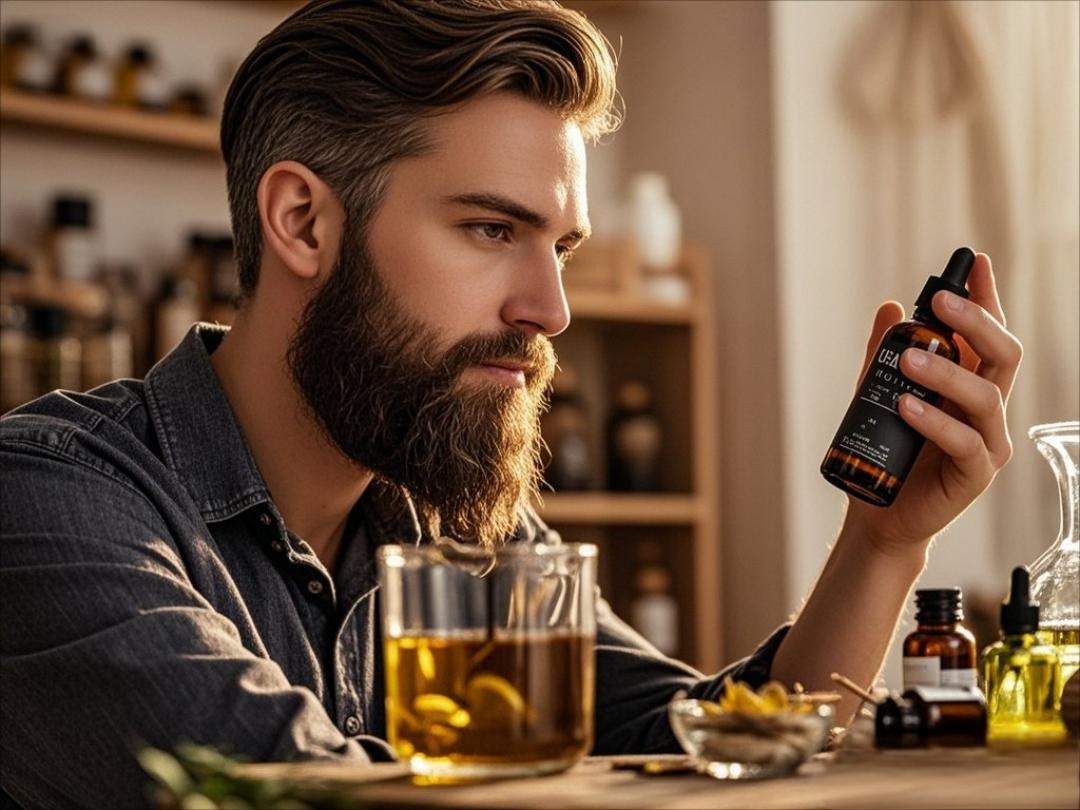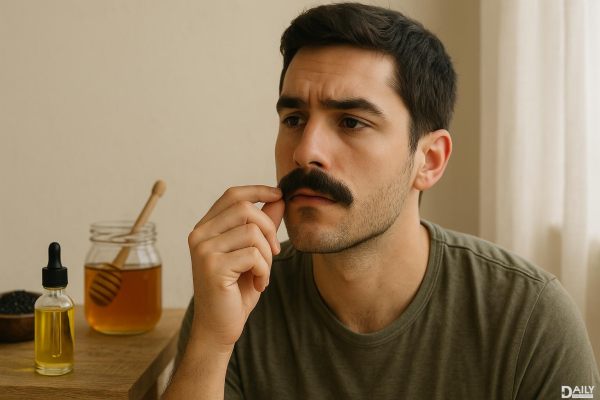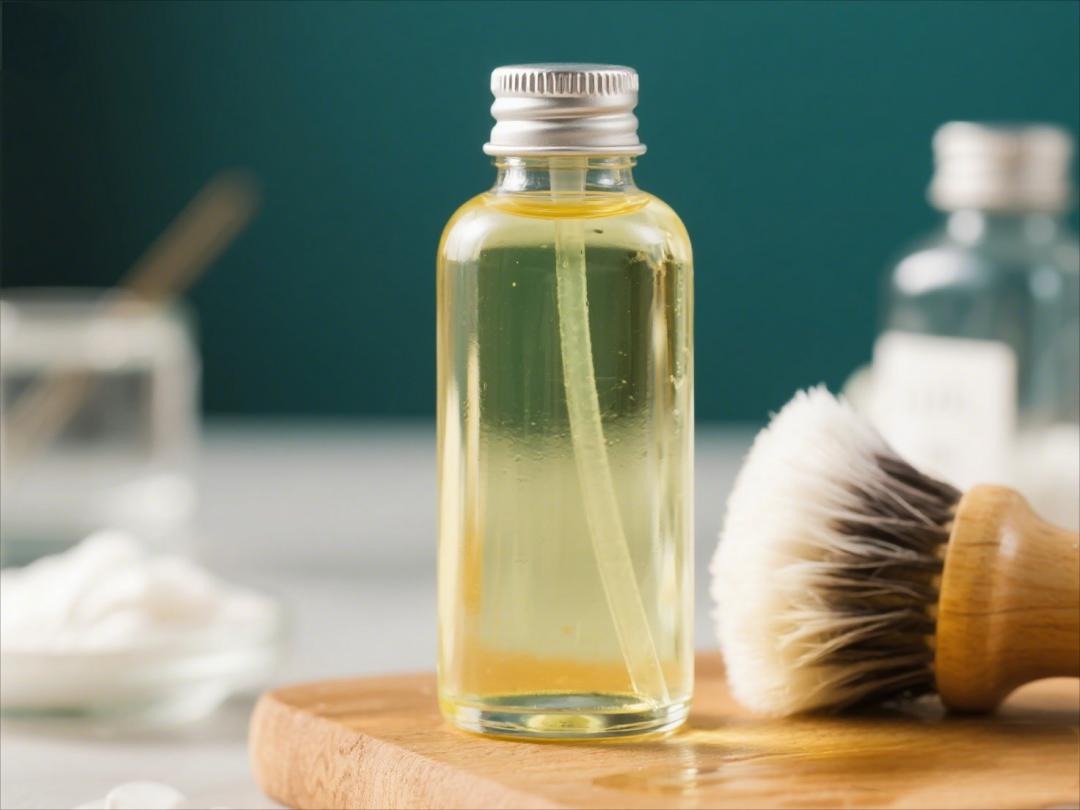Gray hair reversing shampoos are popping up everywhere, promising to bring back your natural color without the hassle of dyes. But do they actually work? The short answer is: it depends. While some formulas can help slow down graying or enhance your existing pigment, don’t expect a full-on Benjamin Button transformation overnight. These shampoos often rely on ingredients like catalase (an enzyme that breaks down hydrogen peroxide, a key player in graying) or melanin-boosting compounds, but results vary based on genetics, lifestyle, and how far along your silver fox journey has progressed.

Graying happens when melanocytes—the cells responsible for pigment—slow down or stop producing melanin. Factors like stress, smoking, and nutritional deficiencies (looking at you, vitamin B12) can speed up the process. Some shampoos target hydrogen peroxide buildup, which bleaches hair from the inside out, while others aim to nourish follicles with peptides or plant extracts. But here’s the kicker: once a hair turns gray, it can’t magically revert to its original shade unless pigment production kicks back in. That’s why these shampoos work best as preventative maintenance or for subtle toning, not full-color restoration.
Not all reversing shampoos are created equal. Catalase is a big one—it neutralizes hydrogen peroxide, which can help preserve existing color. Others include copper peptides (thought to stimulate melanocytes), black seed oil (rich in antioxidants), or even amla, an Ayurvedic staple that darkens hair over time. Avoid shampoos packed with sulfates or harsh chemicals, though; they’ll strip your hair and sabotage any progress. Pro tip: Check for clinical studies or dermatologist endorsements. If a brand’s claims sound too good to be true (cough “reverse gray hair in three washes” cough), they probably are.
Let’s keep it 100: no shampoo can fully reverse graying if your melanocytes have retired. At best, these products might darken existing strands slightly or slow down new grays. Think of them like a multivitamin for your hair—supportive but not a cure-all. If you’re salt-and-pepper, you might notice a richer tone, but if you’re fully silver, results will be subtle. And remember, progress is slow. We’re talking months of consistent use, not a weekend miracle.
Shampoo alone won’t cut it. Pair it with a diet rich in copper (hello, nuts and shellfish), zinc (eggs, legumes), and antioxidants (berries, dark leafy greens). Stress management is huge too—chronic stress literally bleaches hair via cortisol spikes. And don’t sleep on scalp massages; they increase blood flow to follicles, potentially giving melanocytes a fighting chance. Bonus: quit smoking. Studies show smokers gray faster, likely due to oxidative stress.
If you’re after dramatic change, shampoos won’t replace dyes or professional treatments. Semi-permanent color-depositing shampoos (like those for brunettes or blondes) can blend grays between salon visits. For a more natural route, henna or coffee rinses add temporary depth. And if you’re cool with your silver strands? Rock them. George Clooney made it a whole vibe for a reason.
Gray-reversing shampoos can be a solid addition to your routine if you temper expectations. They’re more about maintenance than magic, but combined with the right habits, they might help you hold onto your natural color a little longer. Just don’t ditch the dye bottles yet—unless you’re ready to embrace the distinguished look.
























